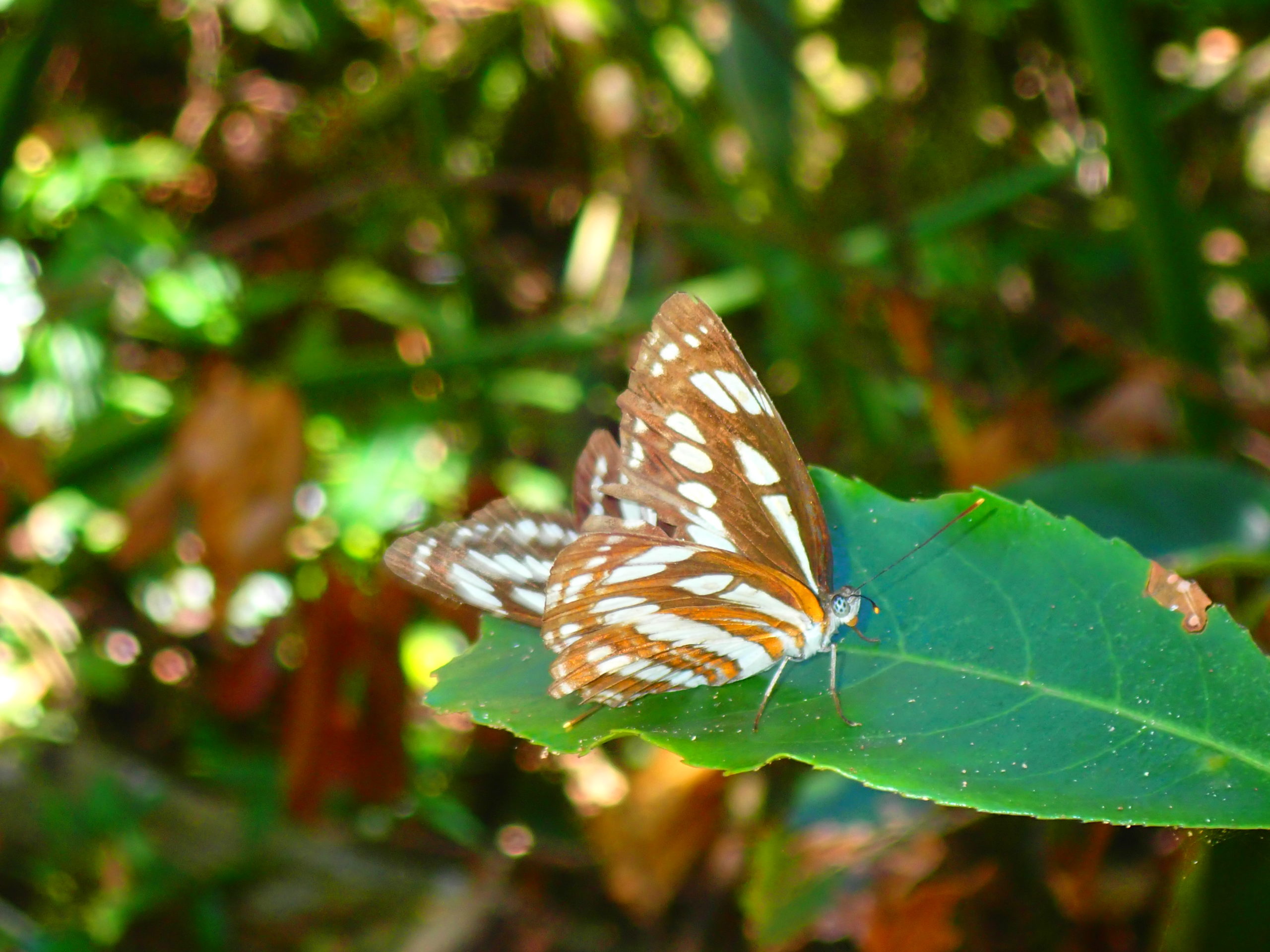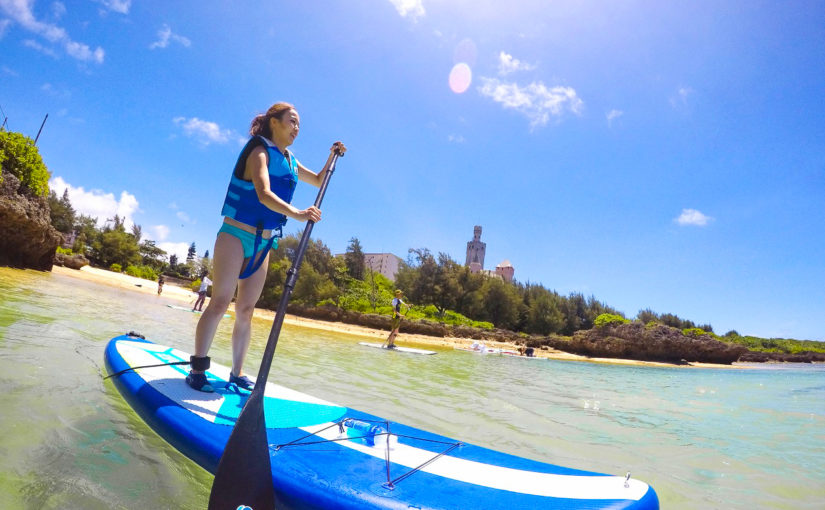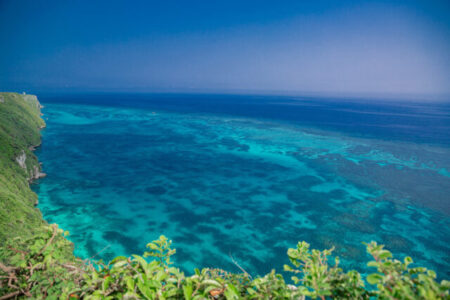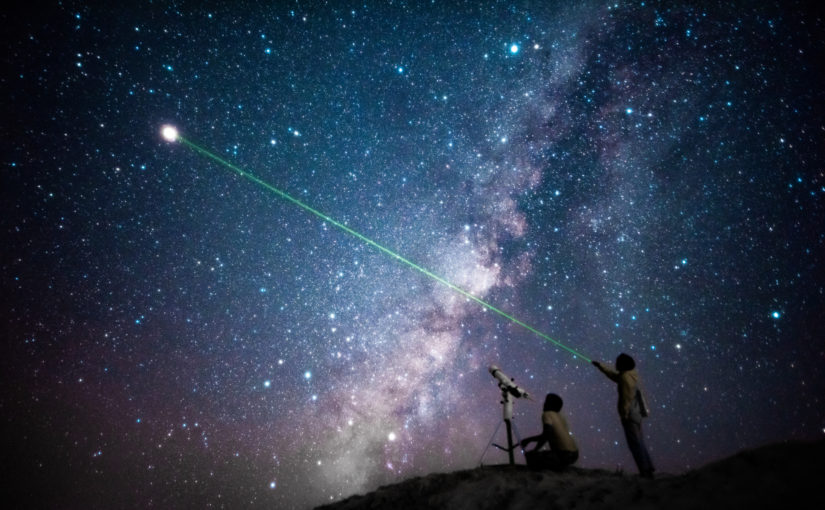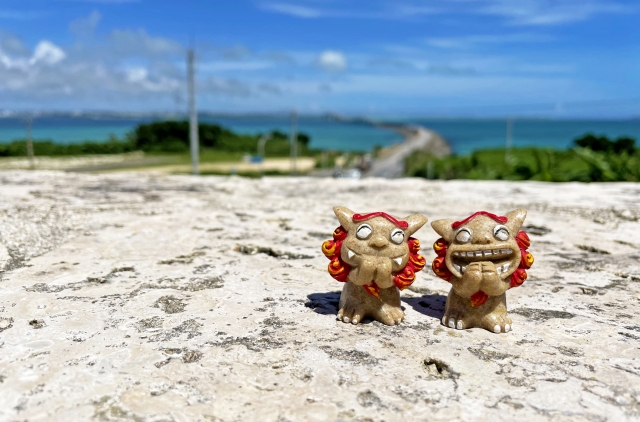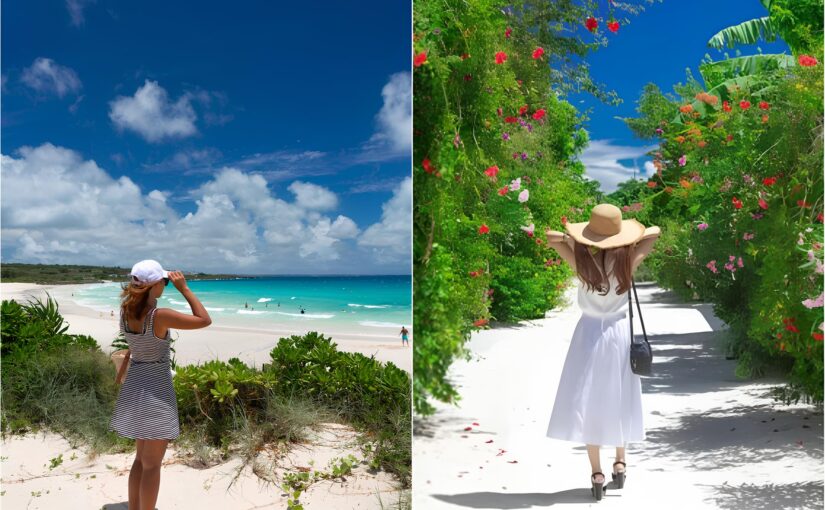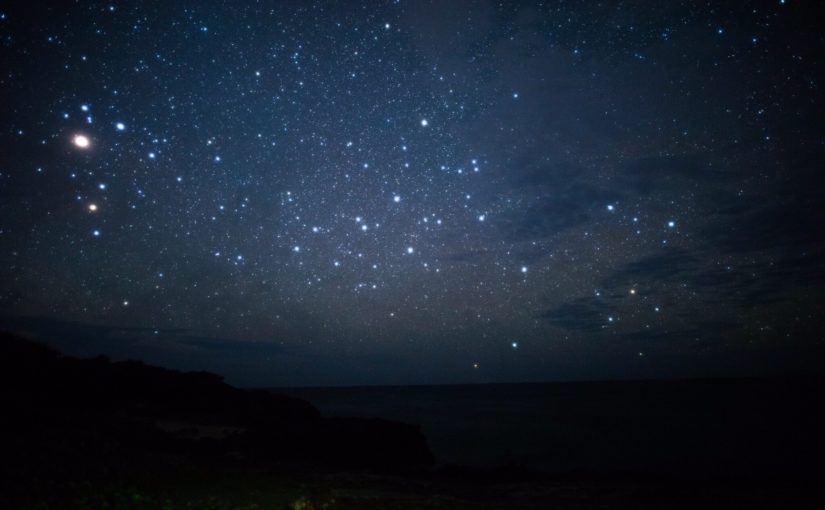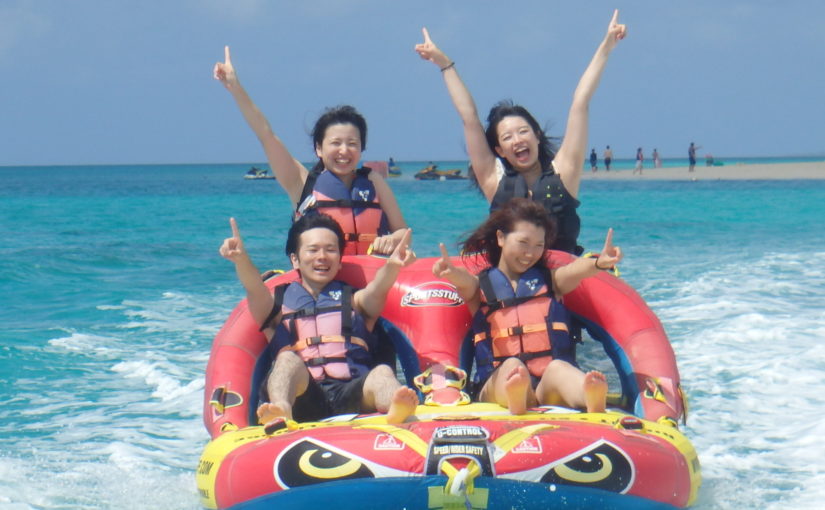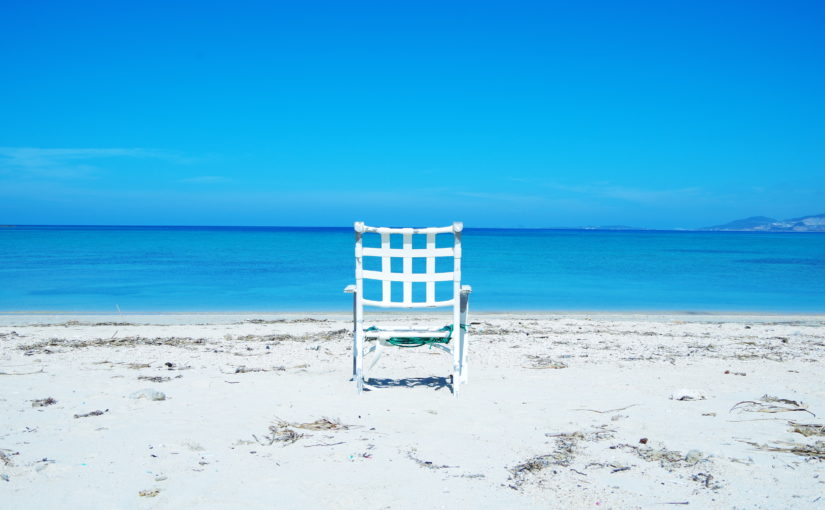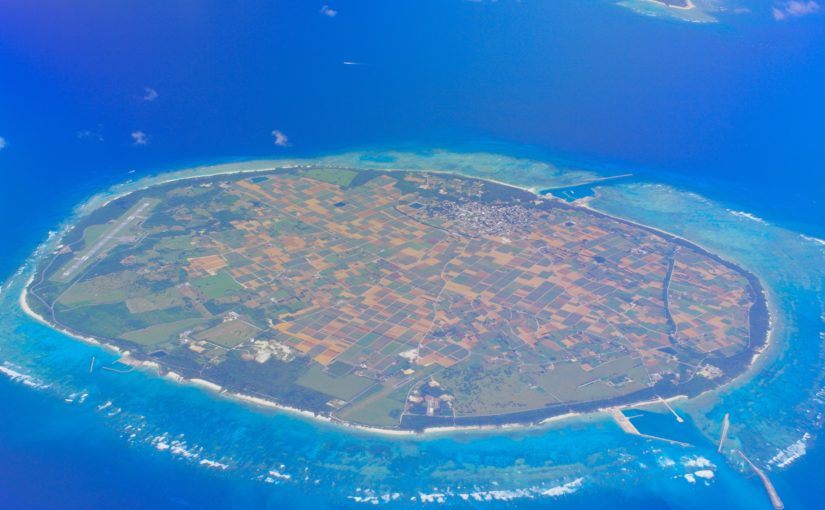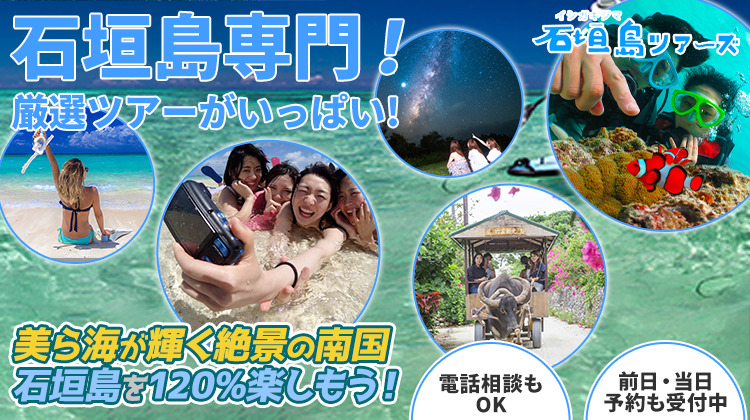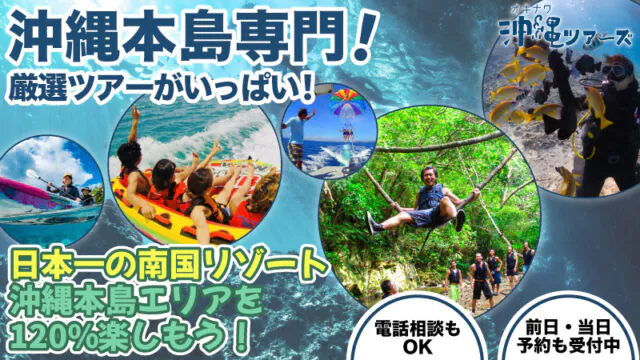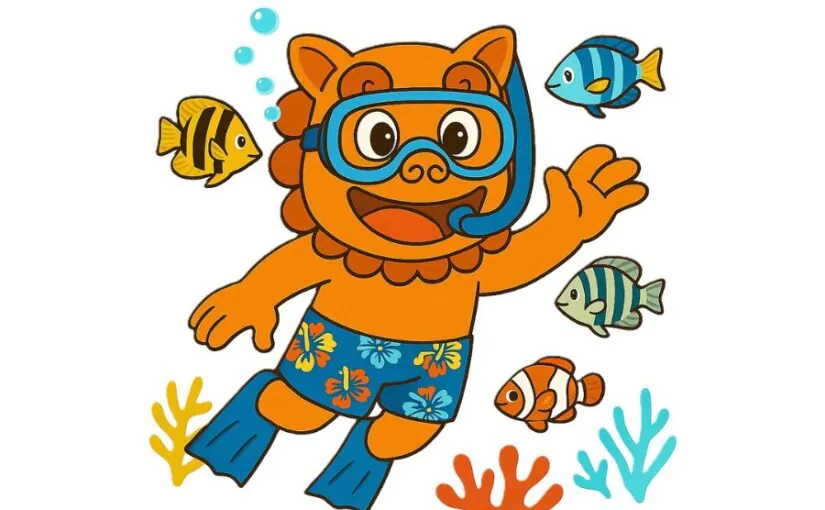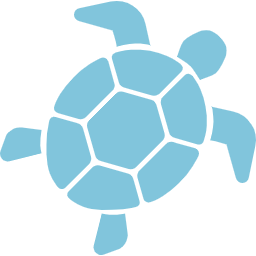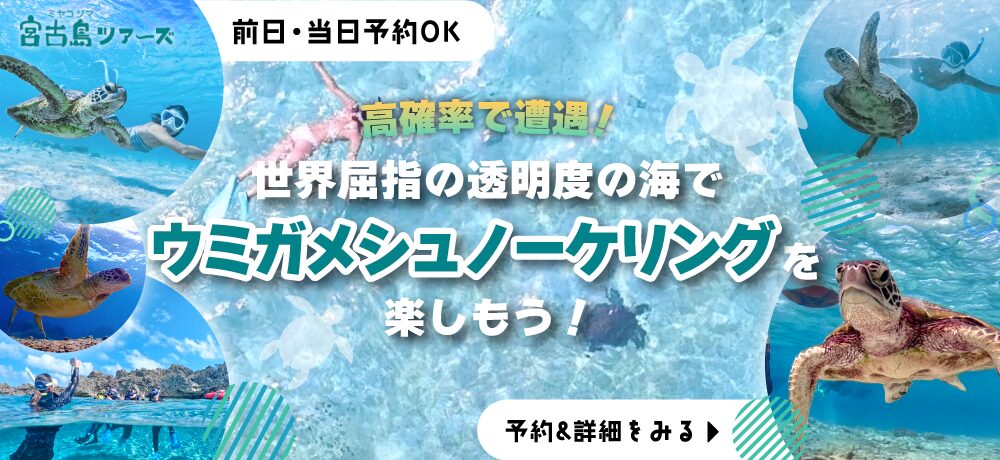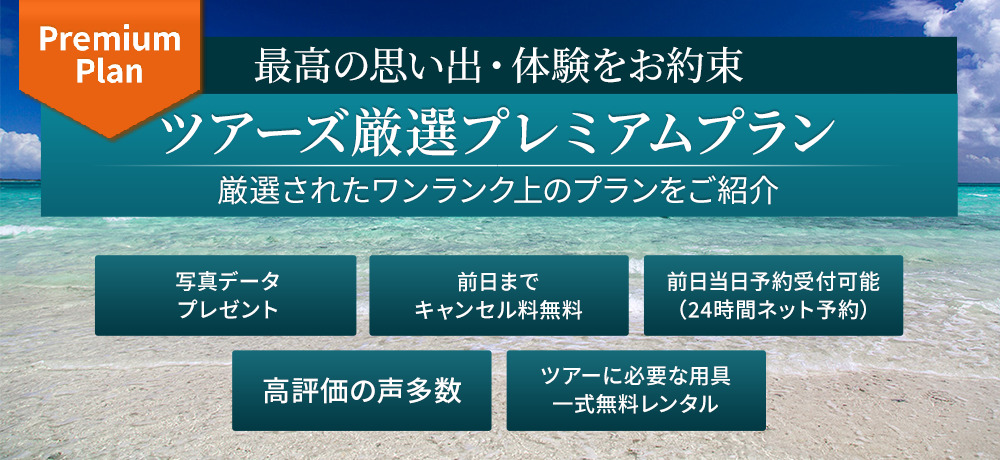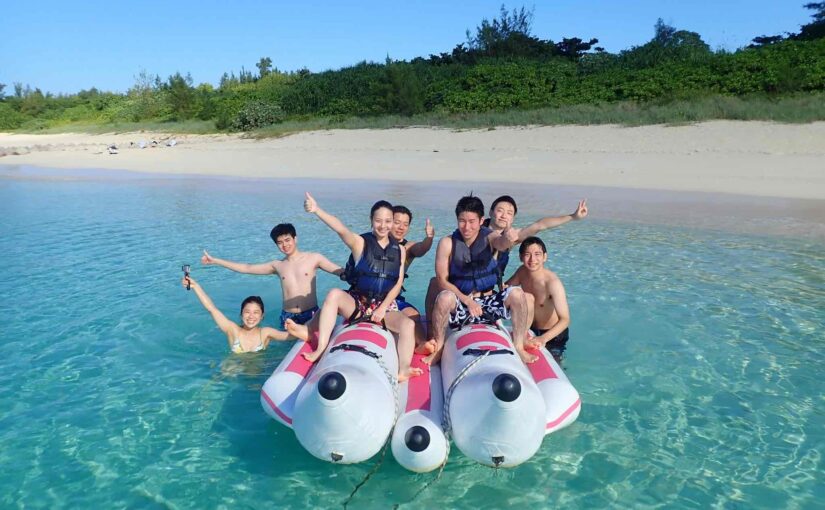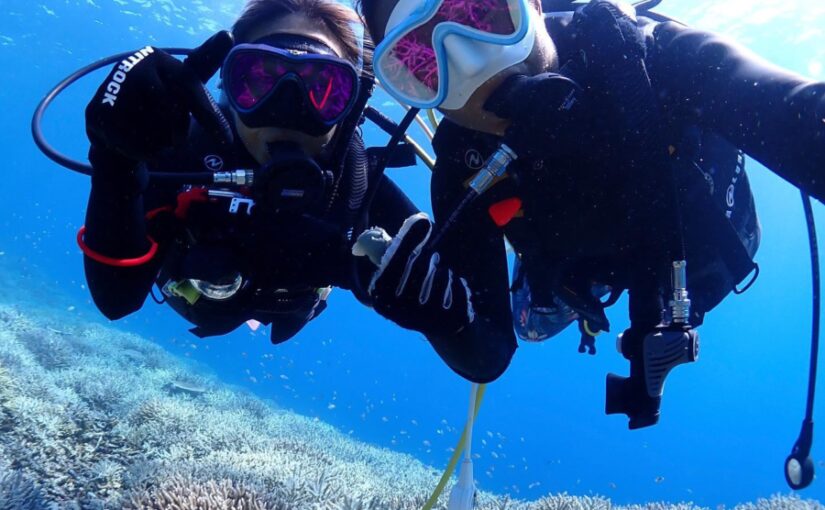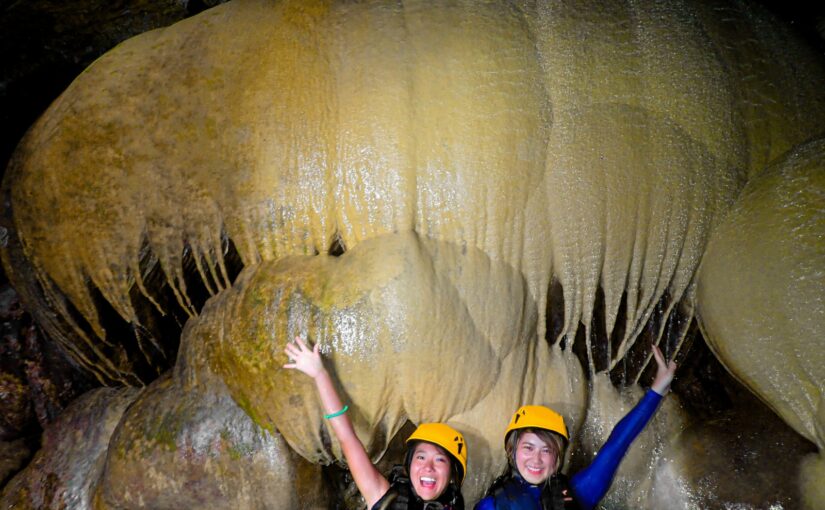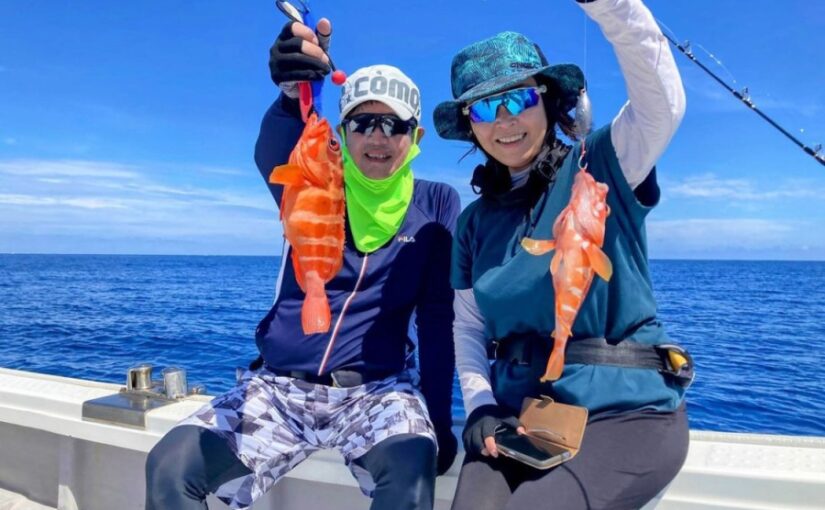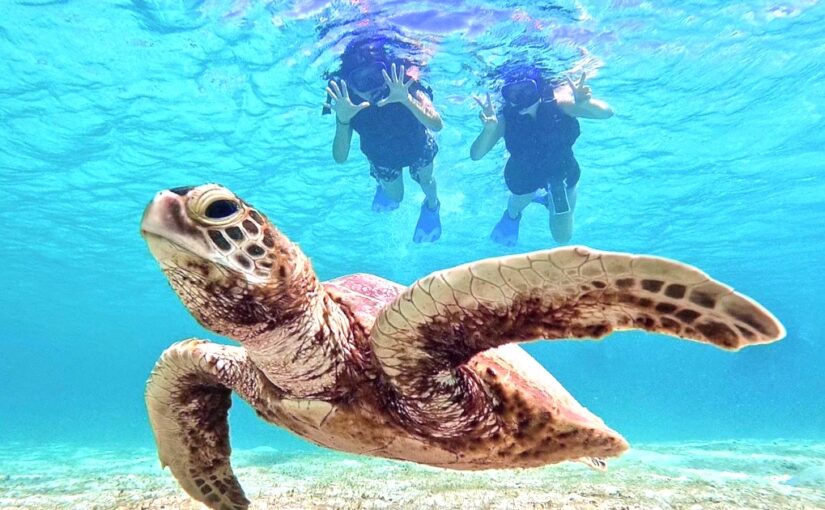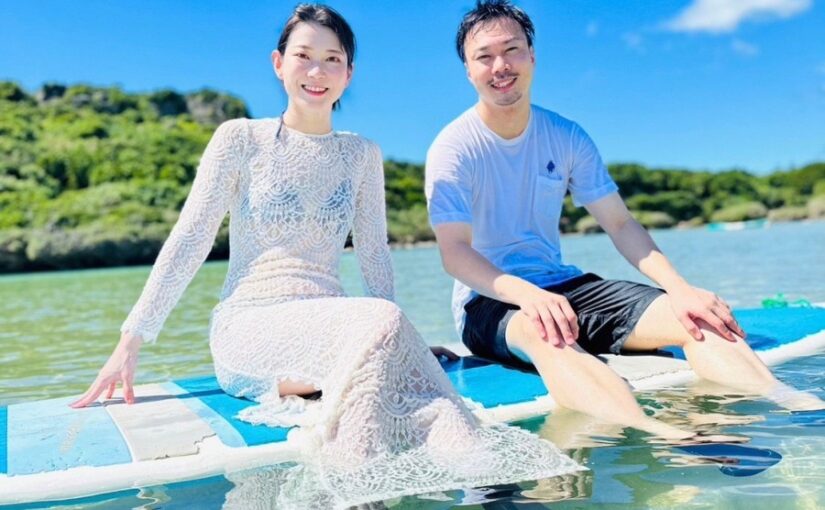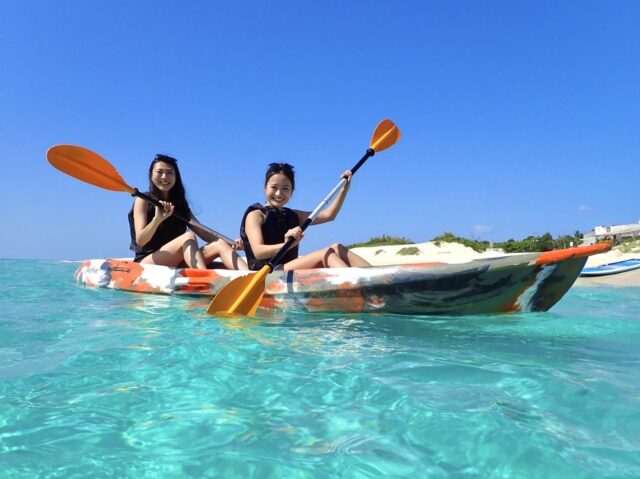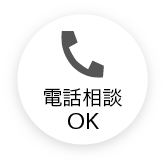20 Creatures of Miyako Island! Includes tours to search for plants and animals unique to Miyako Island!
Table of Contents
- 1 Introducing 20 creatures of Miyako Island!
- 1.1 Organisms of Miyako Island 1.
- 1.2 Organisms of Miyako Island 2.
- 1.3 Organisms of Miyako Island3.
- 1.4 Organisms of Miyako Island 4. Okinawa Velvet Seri
- 1.5 Organisms of Miyako Island 5.
- 1.6 Organisms of Miyako Island 6.
- 1.7 Miyako Island Species 7. Sleeping Gray Monarch Butterfly
- 1.8 Miyako Island Organisms 8. Chibi Anacardiidae
- 1.9 Miyako Island Organisms 9. Hirugihasiri Iwagani
- 1.10 Miyako Island's creatures10.
- 1.11 Organisms of Miyako Island11.
- 1.12 Organisms of Miyako Island 12.
- 1.13 Organisms of Miyako Island 13. Murasaki-oak hermit crab
- 1.14 Organisms of Miyako Island 14.
- 1.15 Creatures of Miyako Island 15. Yaeyama Semaru Turtle
- 1.16 Miyako Island Creatures 16Goat
- 1.17 Miyako Island Creatures 17Coconut Crab
- 1.18 Miyako Island Biology 18Miyako Beef
- 2 summary
Introducing 20 creatures of Miyako Island!
Organisms of Miyako Island 1.
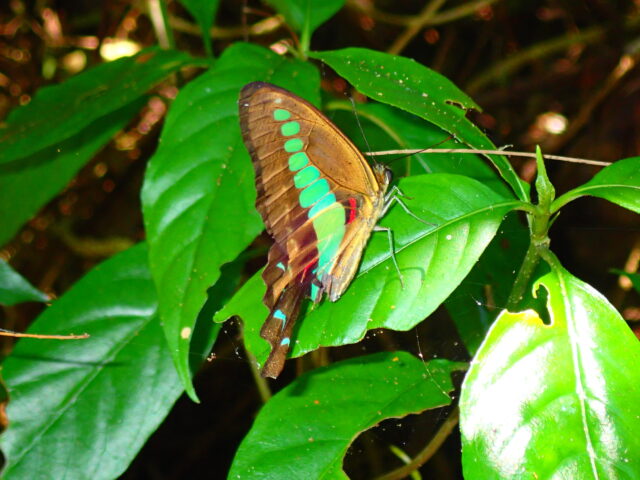
A. aegypti has black forewings and hindwings that are phosphorescent.
The butterfly is characterized by bright pastel colors with a blue-green banded pattern.
Both sexes have very similar wing patterns and are often identified by their reproductive organs.
Individuals completely devoid of the blue band have also been found. Adults can be seen from May through October.
Organisms of Miyako Island 2.
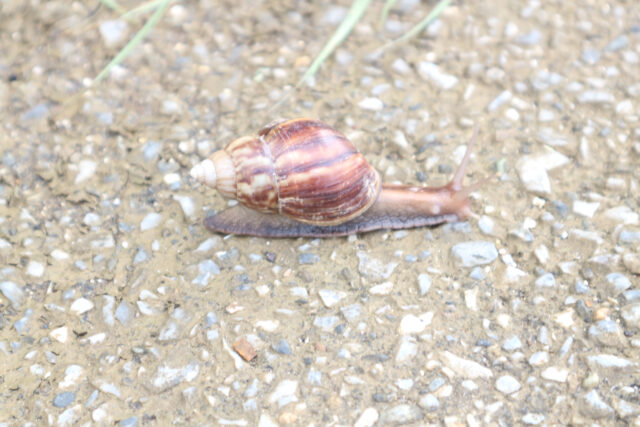
The African mai mai is a right-handed terrestrial mussel with a shell diameter of 4-5 cm and a weight of about 100 g as an adult.
The shell has vertical stripes from the tip to the shell mouth, and the number of layers increases as the shell grows. They are found in grassy areas adjacent to fields and in shady, moist areas such as bushes, and are active at night.
Although it is a member of the mollusk family, it is resistant to desiccation because it forms a membrane with a gelatinous substance at the mouth of its shell.
Organisms of Miyako Island3.
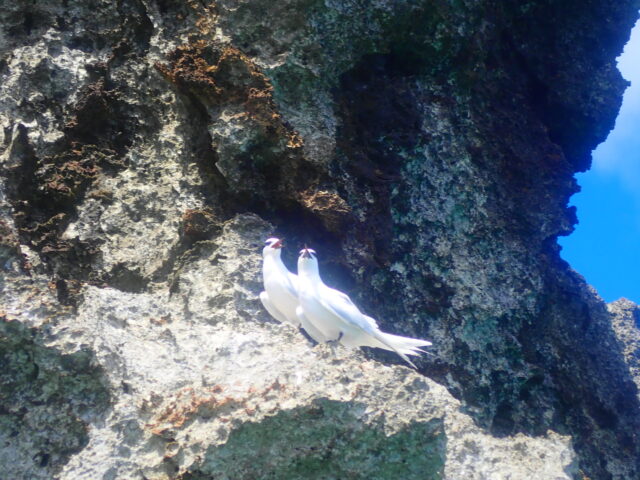
The Erythrox tern is a 31-cm-long summer bird that breeds on rocky reefs and inhabits beaches and rivers.
The back of the head, beak, and legs are black, and the tail is long.
They fly and breed south of Amami-Oshima Island during the summer season.
They can be seen flying over the ocean, preying on fish, squid, and crustaceans.
Organisms of Miyako Island 4. Okinawa Velvet Seri
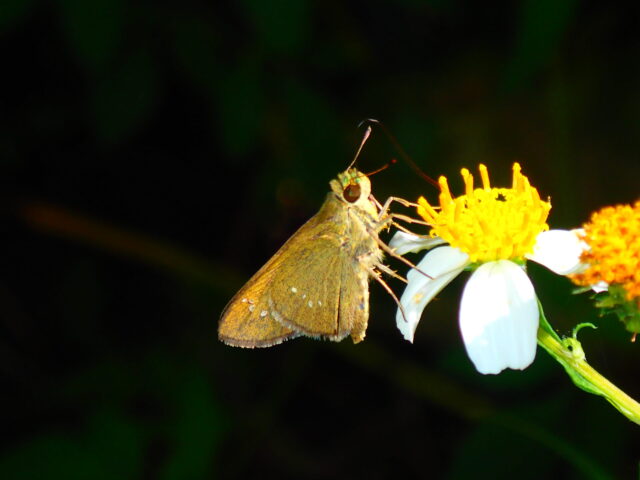
The Okinawa Broad-winged Serpentine is a butterfly species with a banded white pattern on the underside of its brownish wings.
In the mountains of Miyako Island in early spring, you can see them feeding on the nectar of flowering plants such as the sandalwood.
They fly so fast that it is difficult to take pictures while they are in flight, so aim for when they are perched on a flower and release the shutter.
Organisms of Miyako Island 5.
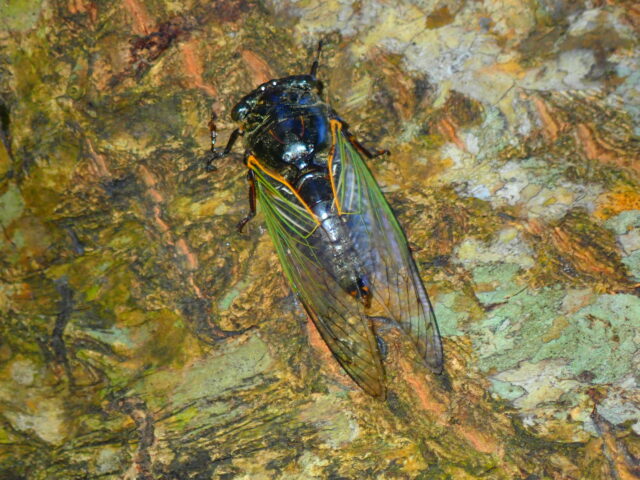
The kuma-zemi is Japan's largest cicada with an overall black body and transparent wings, a very major species also found in Honshu.
Originally abundant in southwestern Japan, it has expanded its distribution to the Kanto region as a result of global warming.
It is often seen in the summer months from July to September.
Organisms of Miyako Island 6.
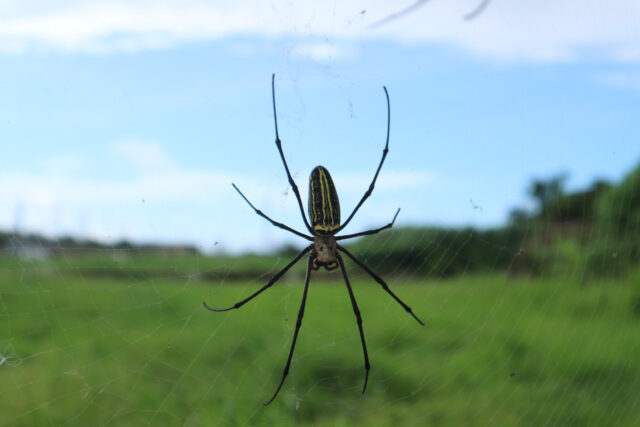
The jaw spider is a larger spider with a black border pattern on a yellow background that is most commonly associated with the so-called spiders.
The bite is painful, like a needle prick, but the non-toxic species is not fatal.
Because it is one of the larger species of spiders, it is said to eat large cicadas, butterflies, wasps, and even small birds.
They hatch in mid-May after spawning and are said to mature around summer.
Therefore, it is during the summer season that you will encounter jawed spiders of this size.
Miyako Island Species 7. Sleeping Gray Monarch Butterfly
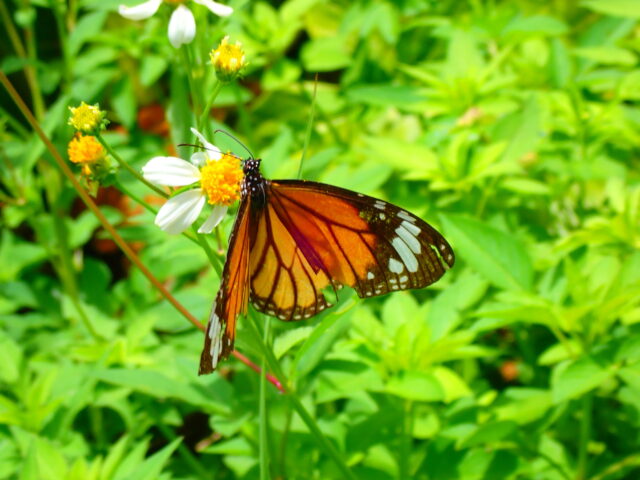
The Sleeping Gray Butterfly is a beautiful butterfly with a forewing length of around 40 mm and black lines on an orange background that lives on Miyako Island and southward.
As larvae, they feed on the leaves of Lantana, Lantana densa, Lantana hollandica, Lantana lanceolata and Lantana densa, while as adults they suck the nectar from the flowers of Lantana, Lantana hollandica, Lantana botanica and Lantana densa.
Miyako Island Organisms 8. Chibi Anacardiidae
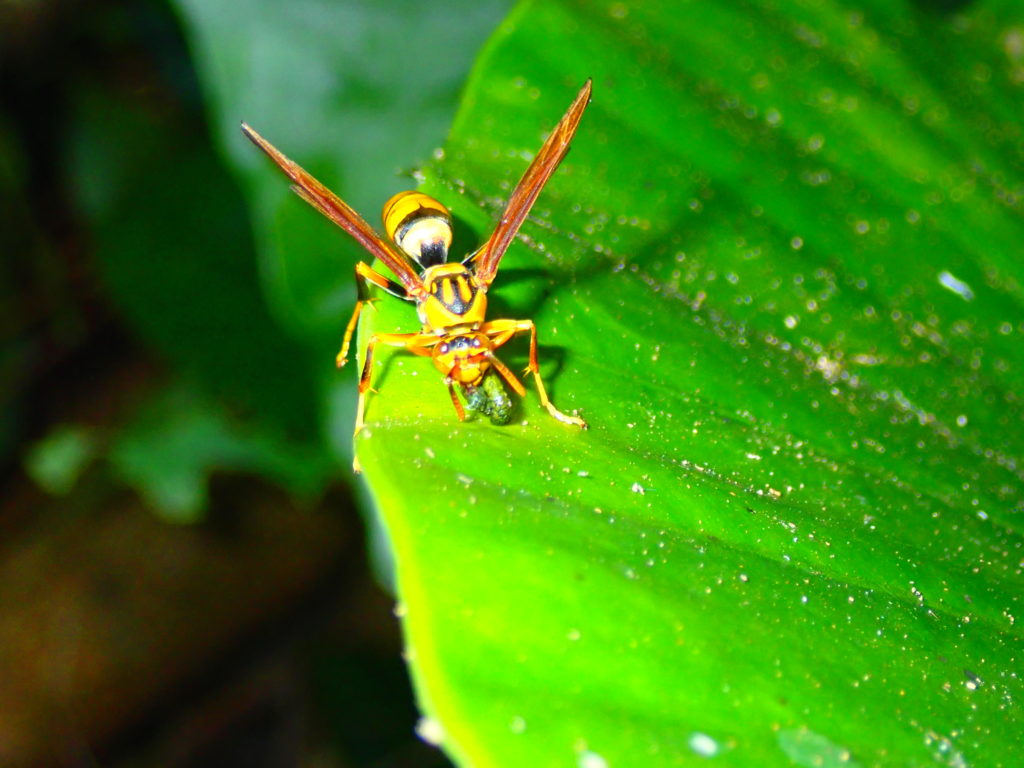
As the name implies, the chibi cyprinid bee is a species of reed warbler with a smaller body size than the other species.
They are about 10 mm long and live in nests on the undersides of sugarcane and awn leaves.
The species, the founding female, begins nesting in early spring, and activity peaks in the summer.
Chibi cyprinid wasps are smaller than other species, so their stings cause little pain, but a second sting can cause anaphylactic shock, so extreme caution is required.
If you see one when you are a tourist, never approach it.
Miyako Island Organisms 9. Hirugihasiri Iwagani
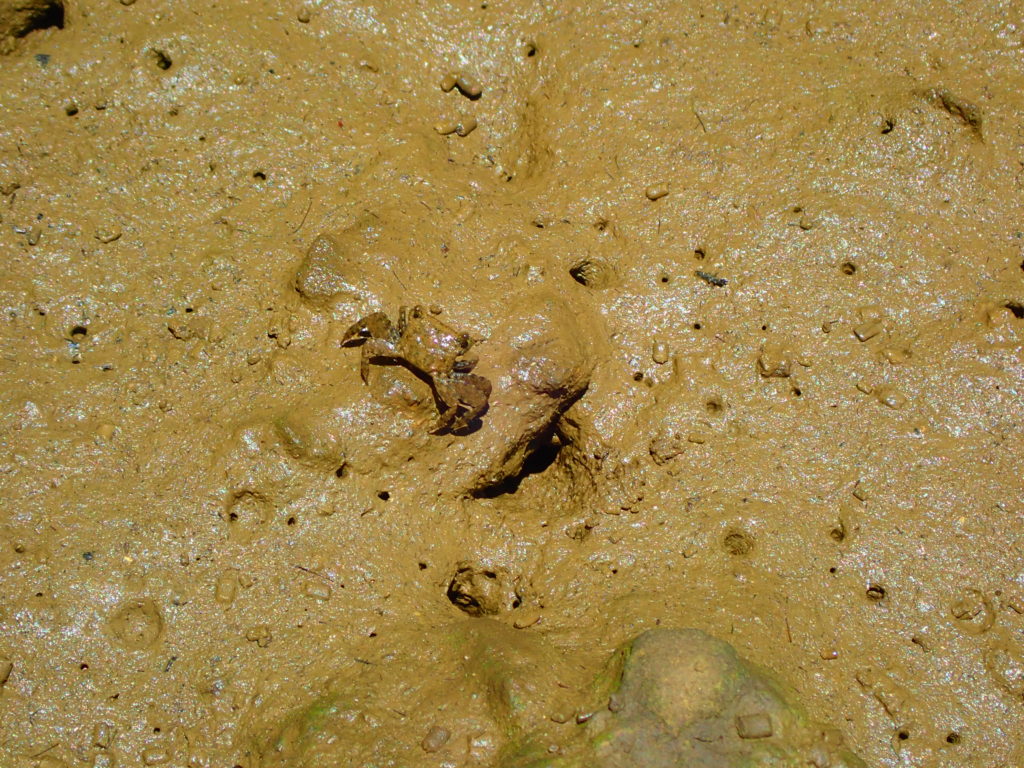
As the name suggests, the hirgi-hirgi-hashirii crab is a small crab that lives on mud flats where hirgitaceae plants grow in clusters.
They are highly agile and run away very fast when seen in daylight.
At night, it is difficult for them to escape even if you find them and shine a light on them, so we recommend that you look for them at night if you want to take pictures of them.
They can be seen feeding on the aerial root attachments of Yaeyama hirugi.
The trapezoidal carapace is ochre with a purplish body color, and the scissors are also purplish.
They are often found at the base of mangroves or in culverts, so look for them during river activities.
Miyako Island's creatures10.
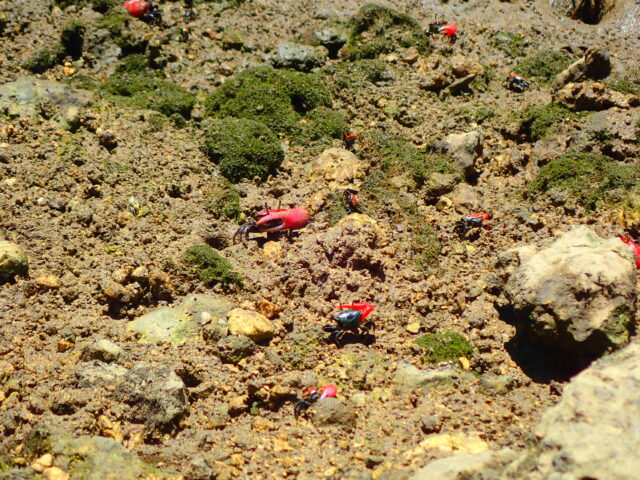
Mangrove rivers on Miyako Island have mud flats that dry out at low tide.
The benishiomake is found on these tidal flats, and the male specimen has one large scape and a matte red coloration.
It is the reddest of all the shiomans, and has a very vivid coloration.
Because they are members of the Shio-Maneki family, they can be seen waving their large scissors as the tide comes in, seemingly inviting the tide to come in.
Organisms of Miyako Island11.
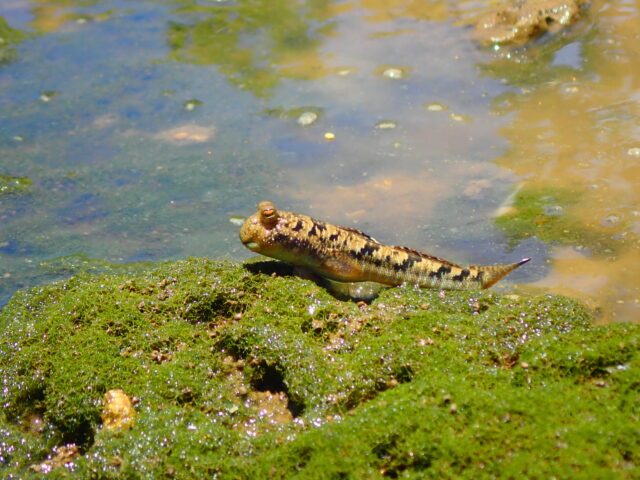
The southern flying goby is a tropical goby.
It is distributed south of Tanegashima Island and inhabits tidal flats in brackish water of rivers and around mangroves.
As the name suggests, you can see the cute little creatures bouncing around on the mud flats.
Organisms of Miyako Island 12.
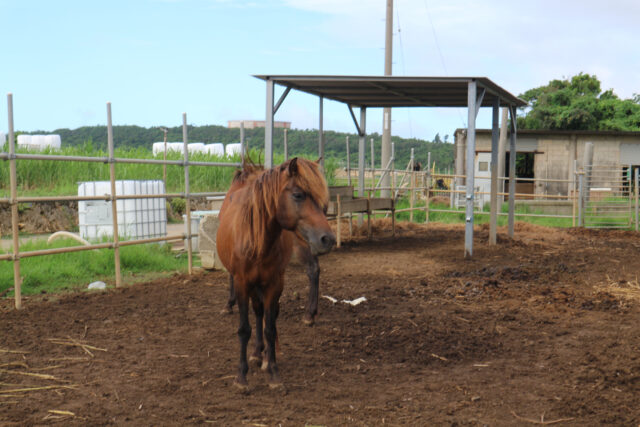
Miyako-uma, one of the eight species of native Japanese horses, is a natural treasure of Okinawa Prefecture.
With thick, hard hooves, they were used for transporting goods and farming even before the Industrial Revolution.
They were also an indispensable part of the labor force, as they could survive on a poor diet. After the Industrial Revolution, mechanization increased and the use of Miyako-uma decreased, and for a time they were on the verge of extinction.
However, as a result of the establishment of the Miyako Horse Preservation Task Force in 1977 and protection activities, the number of horses has been able to increase.
We invite you to come and meet the miyako-uma, which run through the pastures of Miyakojima with energy and vigor.
Organisms of Miyako Island 13. Murasaki-oak hermit crab
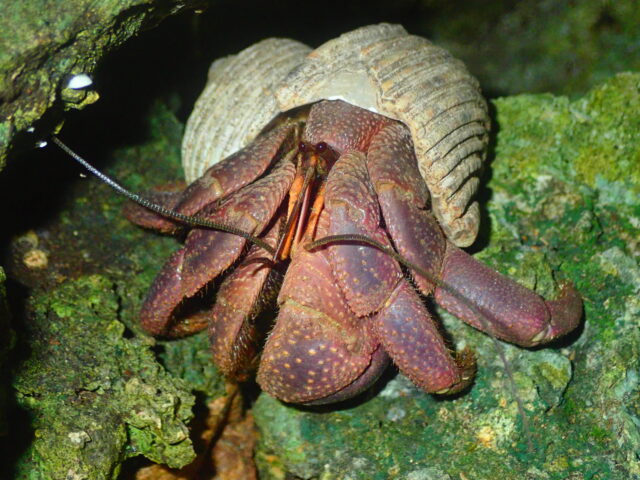
Murasaki hermit crabs belong to the genus Hermit Crab and live on land in tropical regions.
The eye pattern is flattened, and young specimens are mostly white, but as they grow, they become a rich variety of colors, including white, blue, violet, and orange-purple, making them very beautiful.
It is one of the most precious species designated as a national natural treasure.
Organisms of Miyako Island 14.
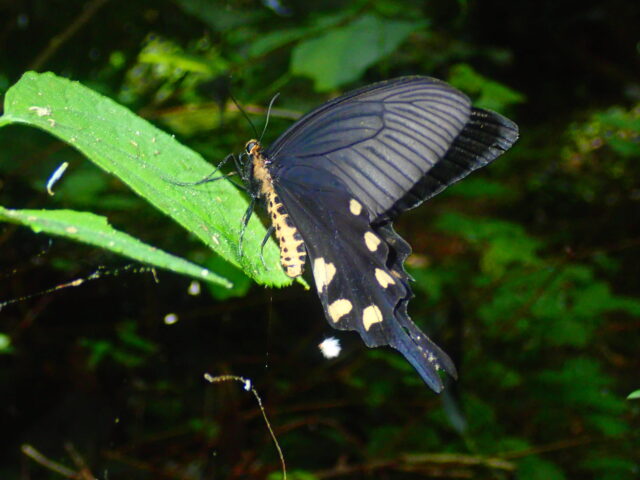
The Monki Swallowtail is the largest swallowtail butterfly in Japan.
The wings of this species are broad and have a distinctive yellow crest.
Even when flying, the yellowish-white crests on the hind wings are clearly visible and very beautiful.
The season is from May to September, so you can see them if you visit during the summer.
Creatures of Miyako Island 15. Yaeyama Semaru Turtle
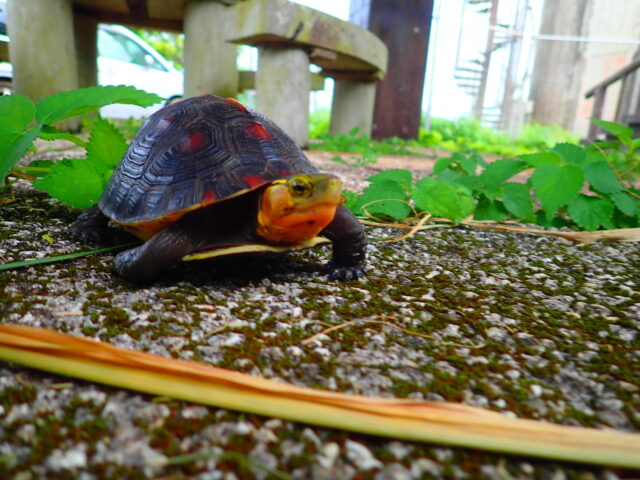
The Yaeyama semalwart turtle is a box turtle that inhabits only some of the remote islands of the Yaeyama Archipelago.
The head, legs, and tail are hidden inside the carapace, and the ventral carapace hinges to form a box-like seal of the turtle.
It is a national natural treasure found on the moist forest floor.
You may encounter them as you explore the jungles of Miyako Island.
Miyako Island Creatures 16Goat
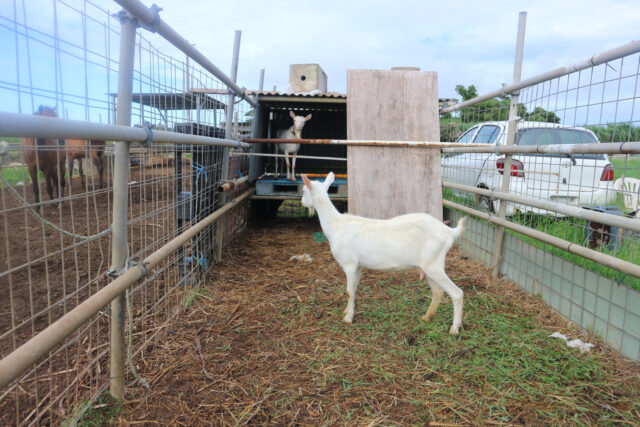
Goats have been bred for a long time because they are disease-resistant and strong, and they easily adapt to people.
A single goat can graze as much as 5,000 square meters a year, and it appears that they can be kept in the wild.
It is also used for weeding.
Goat milk and meat are also used as food, and the creatures have had a deep relationship with Yaeyama, including Miyako Island, throughout its long history.
Miyako Island Creatures 17Coconut Crab
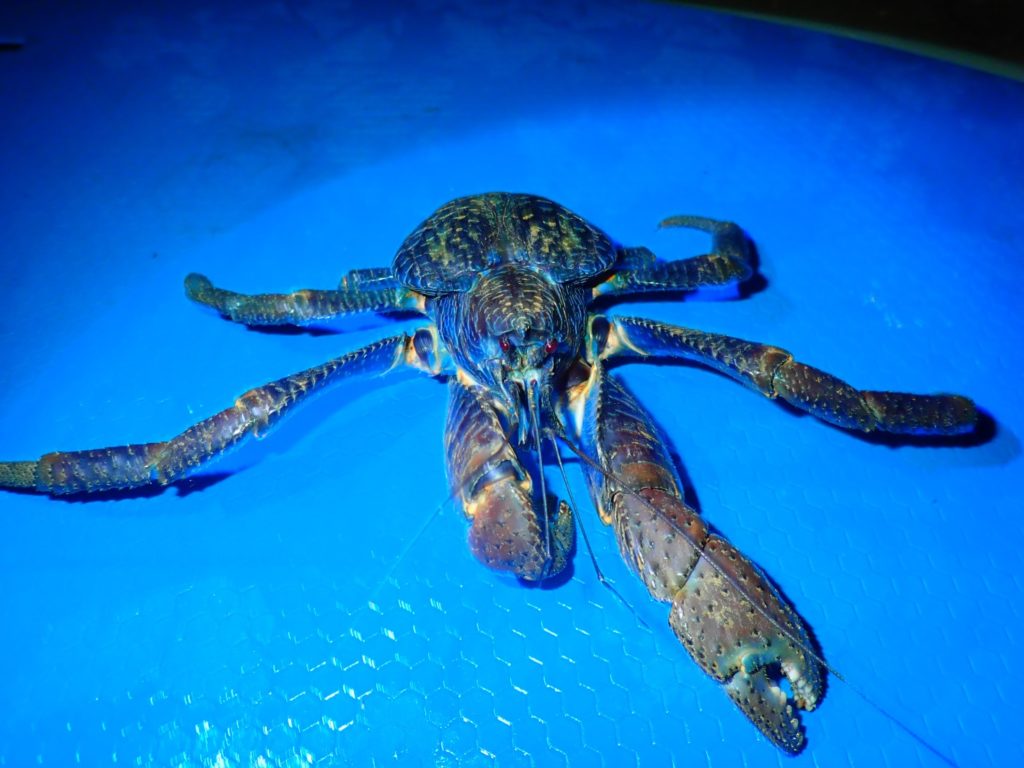
The coconut crab is a nocturnal species of hermit crab that lives in Yaeyama.
Even though they are hermit crabs, they do not carry a shell and their backs are covered by a shell.
It is said that during the evolutionary process of increasing body size, the shell could no longer be carried, and a shell was formed out of necessity.
Nocturnal, during the day they hide and rest in the shade of rocks, under rocks, and in vegetation near the shore.
They become active at night and are often found in thickets and mountainous areas near the sea.
Miyako Island Biology 18Miyako Beef
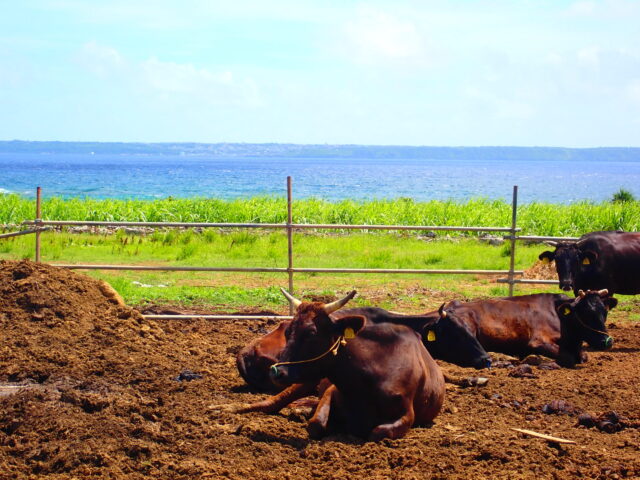
Miyako Beef is bare cattle with registration and production history certificates that are produced and raised in the Miyako area under the following conditions.
Black Japanese castrated cattle and female cattle fattened for 15 months or more in the Miyako area.
The meat is very tender and has an elegant sweetness because it is raised in the rich nature and stress-free environment of Miyako Island.
It is a very popular brand of beef with a rich flavor but with a refreshing aftertaste.
Because they are rarely found on the market, they are treasured as a rare breed of cattle.
summary
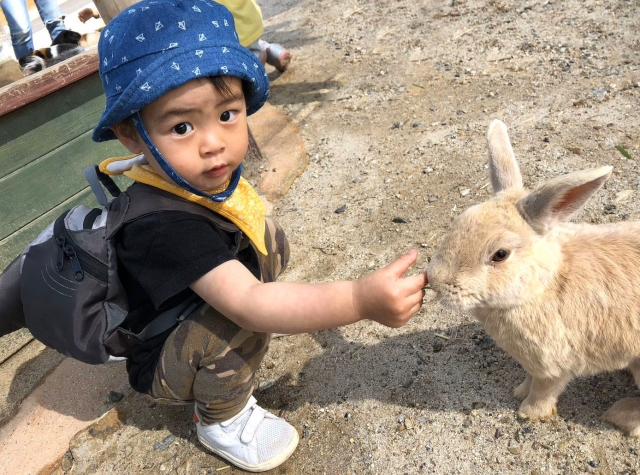
We have introduced some of the creatures of Miyako Island. How was it?
There were Miyako horses and Miyako cows native to Miyako Island, as well as coconut crabs peculiar to the subtropical zone.
Please check out the Jungle Night Tour and other tours where you can meet the creatures of Miyako Island!
Thank you for reading to the end.
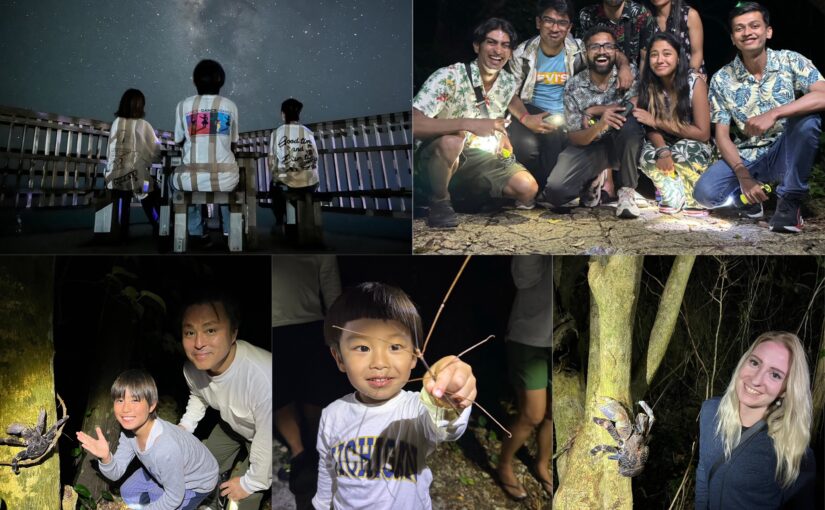 Miyako Island/Night] Starry Sky & Tropical Jungle Night Tour♪Reservations OK on the day!開始時間7:00 p.m. - 8:30 p.m.所要時間Approximately 1 hr. 30 min.5,900 yen →4,900yen
Miyako Island/Night] Starry Sky & Tropical Jungle Night Tour♪Reservations OK on the day!開始時間7:00 p.m. - 8:30 p.m.所要時間Approximately 1 hr. 30 min.5,900 yen →4,900yen
